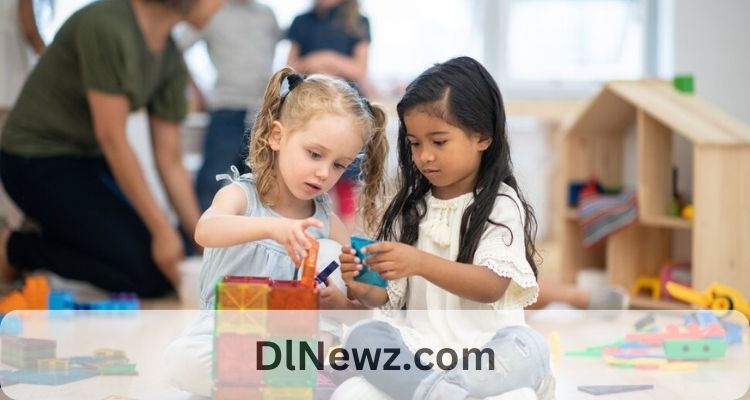The building blocks of mathematics start early on, when learning the basic skills. The key to teaching basic math skills that students can apply and remember for future instruction is to use several teaching strategies. But remember, it won’t be long before these same students prepare for the AMC 10 test.
Repetition
A simple strategy teachers can use to improve math skills is repetition. By repeating and reviewing previous formulas, lessons, and information, students are better able to comprehend concepts at a faster rate.
According to Professor W. Stephen Wilson from Johns Hopkins University, the core concepts of basic math must be mastered before students are able to move into a more advanced study. Repetition is a simple tool that makes it easier for students to master the concepts without wasting time. According to the University of Minnesota, daily re-looping or reviews will bring the previous lesson back into the spotlight and allow teachers to build on those previous skills.
Timed testing
When teachers are moving beyond the simple concepts of numbers into addition, subtraction, multiplication and division, it is important to incorporate timed tests that review the previous class or several classes.
Taking a short test and then grading the test in class will help teachers assess student understanding. When the test shows that students are answering more questions correctly within the time period, teachers are able to determine that students have mastered the basic skills.
Pair work
Mathematics is not limited to learning from a textbook, lessons, or testing strategy. Students have different learning styles and need to have lessons that help improve all styles of learning to get the best results.
Group work is a simple strategy that allows students to work and problem-solve with a buddy. When a teacher has provided the basic instruction, it’s helpful to split the class into pairs or groups to work on problems.
Since the pairs are working as a team, the students can discuss the problems and work together to solve the issues. The goal of pair work is to teach students critical thinking skills that are necessary for future math problems and real life.
Manipulation tools
The use of blocks, fruits, balls, or other manipulation tools help students learn the basics of place value, addition, subtraction, and other areas of basic math. According to Kate Nonesuch on the National Adult Learning Database of Canada, manipulation tools help slow down the process of problem solving so that students are able to fully understand the information.
Manipulation tools make it easier for students to learn and understand basic skills. These are ideal when students learn best through hands-on experience and building, rather than traditional lessons and repetition.
Math games
Reinforcing the information learned in class is not always the easiest task for teachers, but math games provide the opportunity to make the lesson interesting and encourage students to remember the concepts.
Depending on the class size, computer availability, and the lesson being taught, games can vary. Teachers can use computer games for the particular skills or can opt to use class games to make the lesson more fun. Teachers should be sure to incorporate a strategy into games to help students learn the material.


